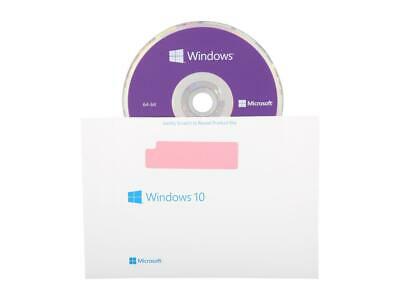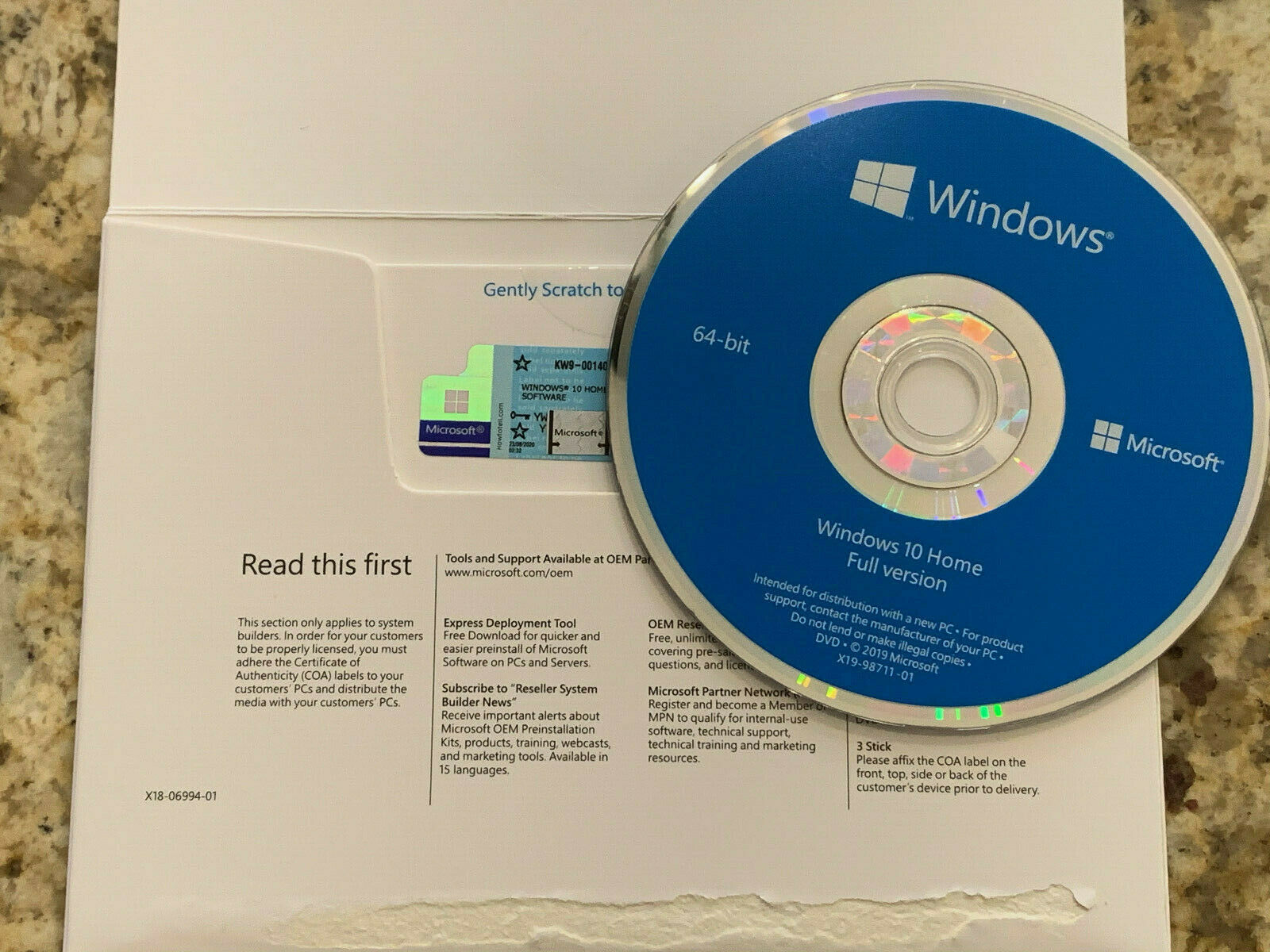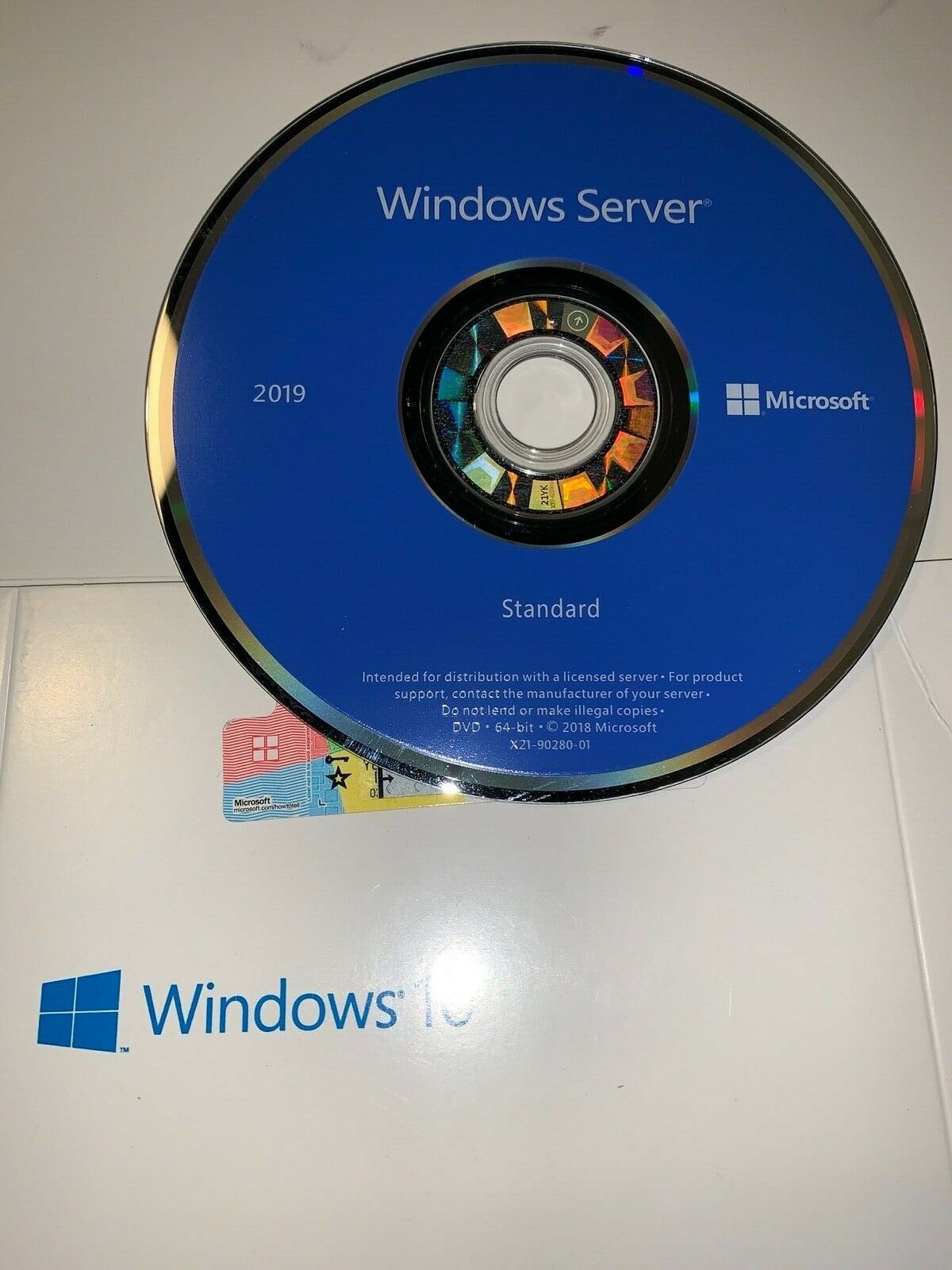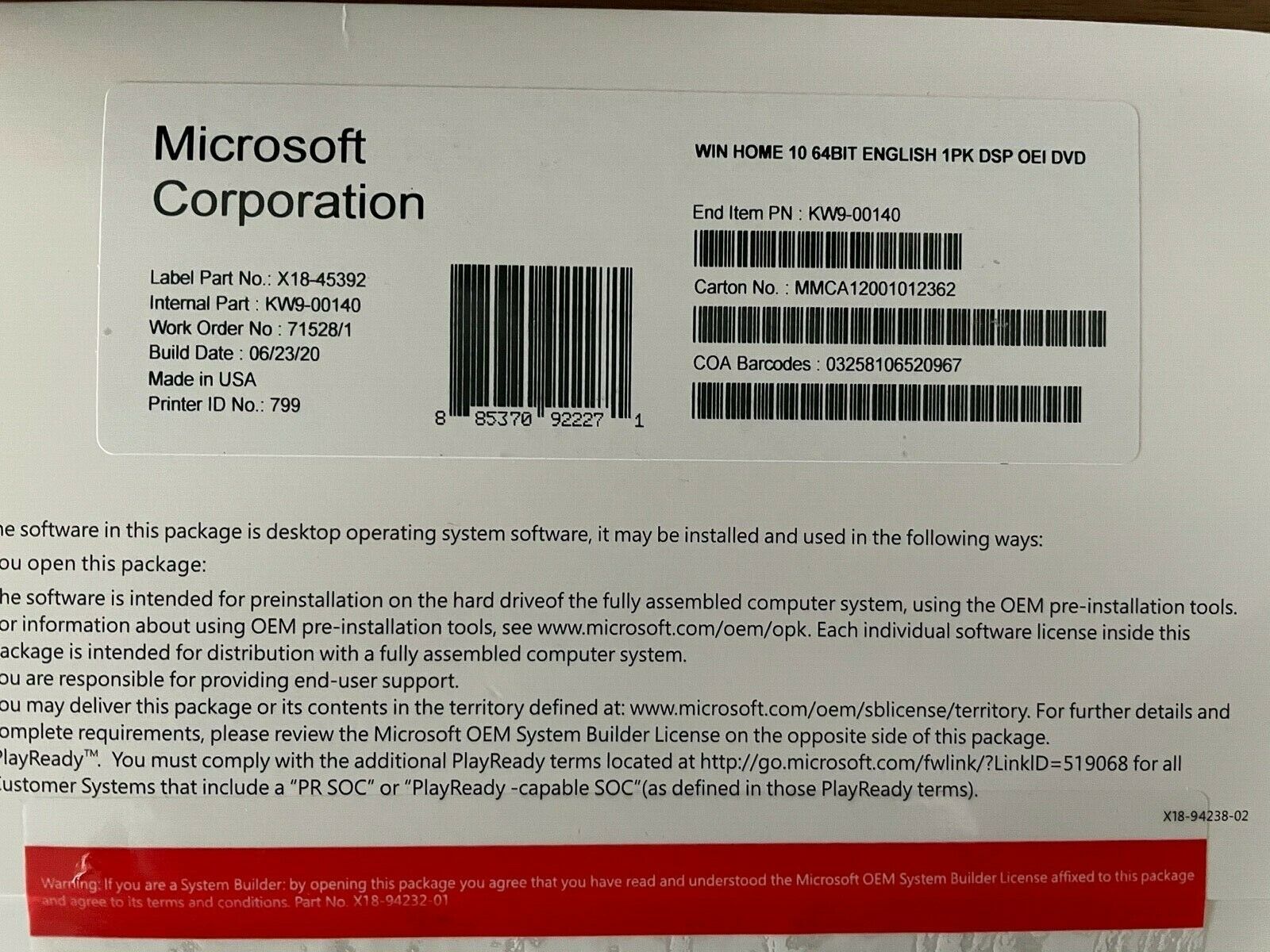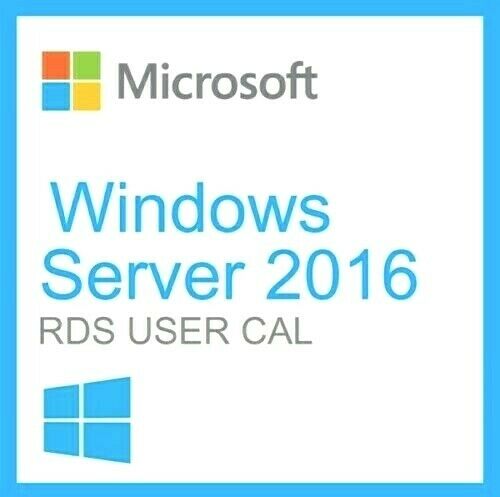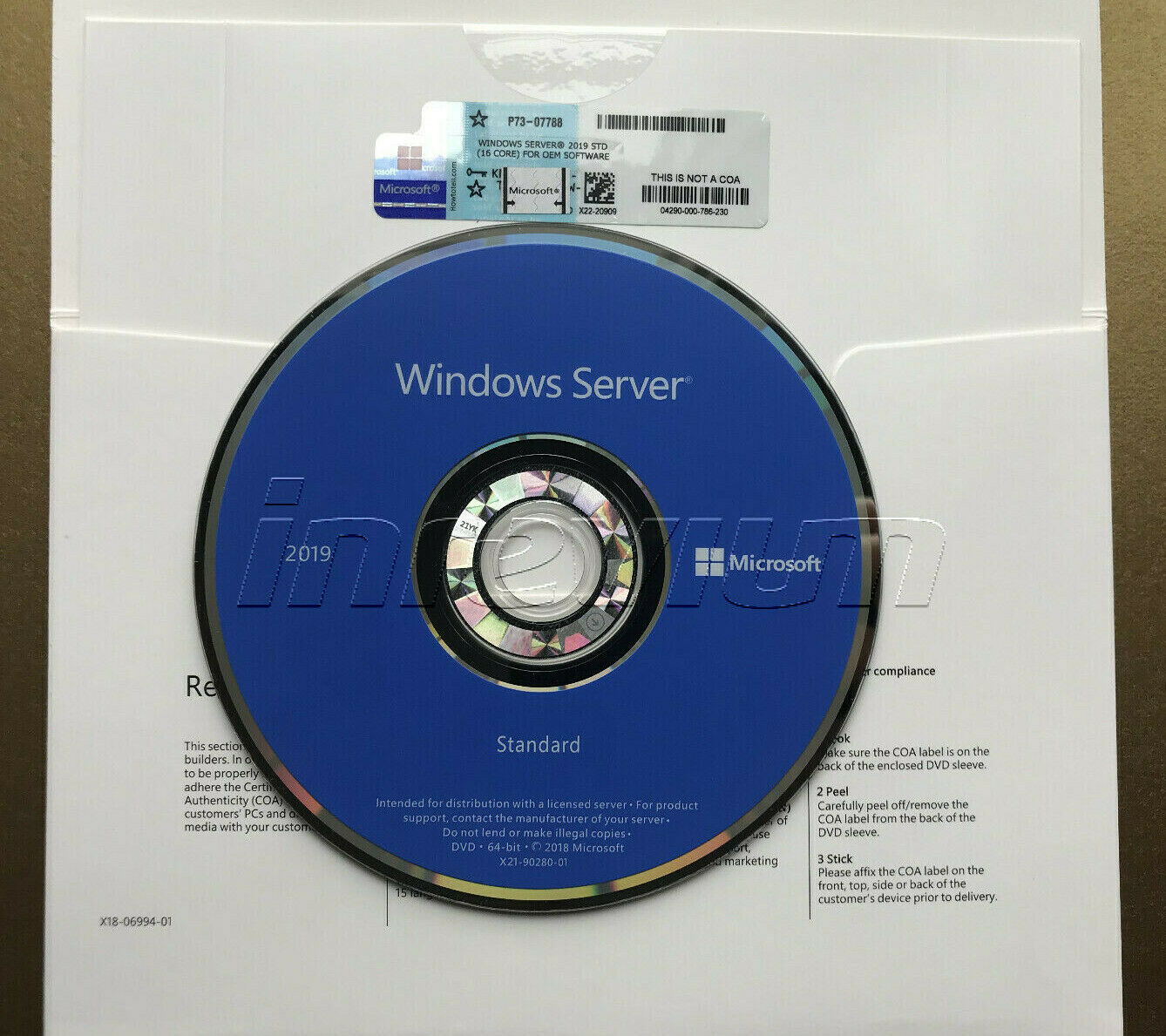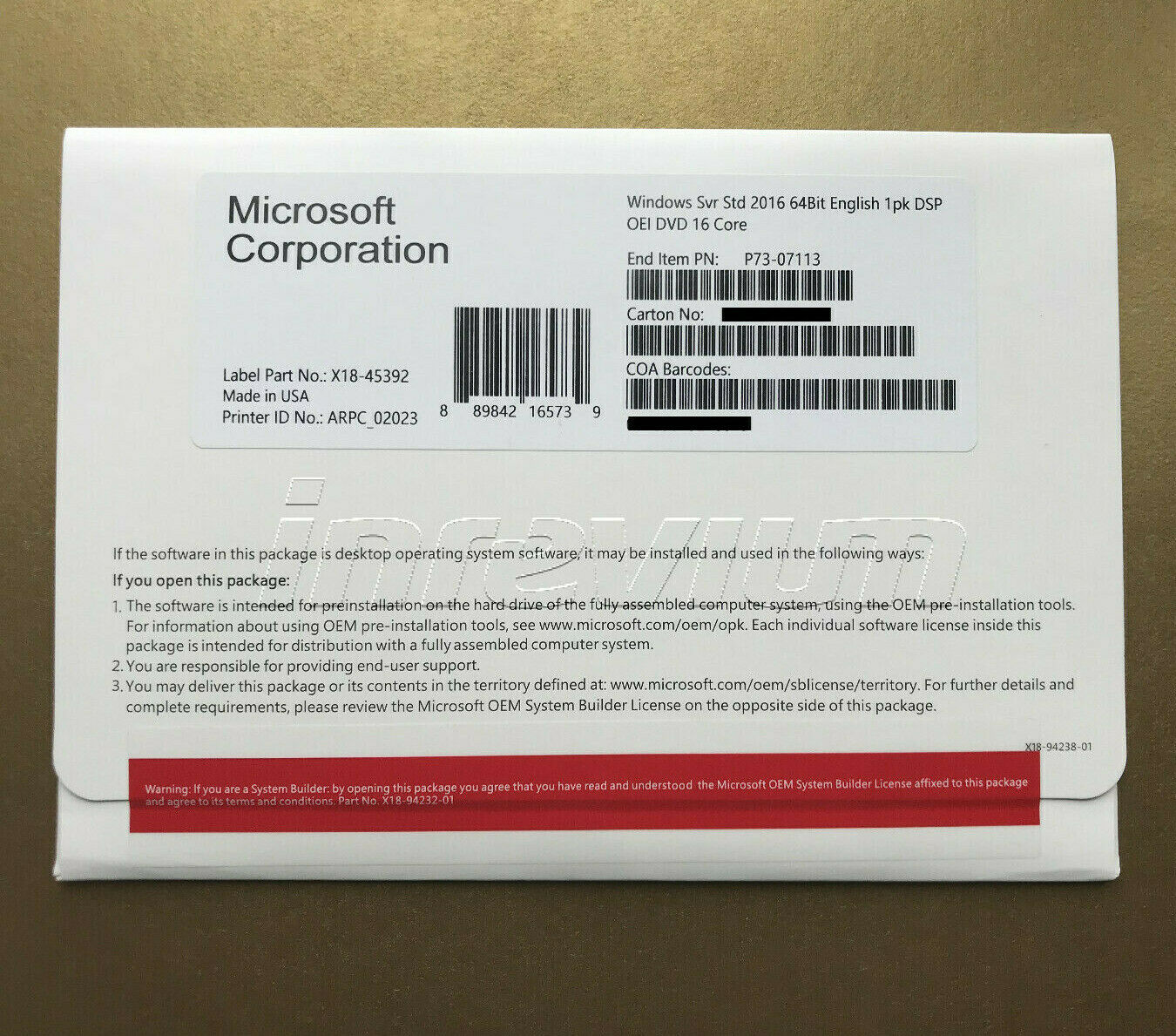-40%
Windows Server 2019 Datacenter - 16 Core License // Unlimited VMs
$ 477.31
- Description
- Size Guide
Description
FeaturesSome of the new features added to Windows Server 2019 Datacenter include:
____________________
Added layers of security
_____
Enhance security and reduce risk with multiple layers of built-in protection
New deployment options
_____
Increase availability and reduce resource usage with the lightweight Nano Server
Built-in containers
_____
Develop and manage with agility thanks to Windows Server and Hyper-V containers
Cost-efficient storage
_____
Build highly available, scalable software-defined storage and reduce costs
Innovative networking
Software-defined networking to automate with cloud-like efficiency
This version of Windows Server 2019 Datacenter uses an original equipment installation (OEI) DVD digital image for installation and provides a 16 core license.
At the forefront of server operating systems
No doubt, Windows has been at the forefront of server operating systems and one stunning example of this is Windows Server 2019. System administrators need not look any further when choosing a server OS and here are some of the best reasons why:
____________________
Nano Server
Nano Server is a very tiny version of Windows Server 2019, achieved by removing the GUI component of Windows Server 2019. It boasts a 92% smaller installation footprint than the regular installation option. It is far more secure, due to the fact that you have to add server roles administratively from outside Nano Server, therefore there is less room for attacks as compared to the GUI-version of Windows Server 2019. It has far fewer updates and is so small that it can be ported easily across servers, data centers and physical sites. Although meant to be managed remotely, a minimal local management UI called "Nano Server Recovery Console," has been included to let you perform initial configuration tasks.
Containers on Windows Server 2019 allow you to easily isolate applications and services. There are two different types of containers that are available.
Windows Server Container
_____
One is the Windows Server Container, which is intended for workloads where privacy is not a big issue and common resources can be shared.
Hyper-V Container
_____
The other is the Hyper-V Container. It is completely isolated from other containers and potentially from the host server. Hyper-V containers are appropriate for high-trust workloads where security is paramount.
Linux Secure Boot
Secure Boot is part of the Unified Extensible Firmware Interface (UEFI) specification that protects a server's startup environment against boot-time malware and other unauthorized rootkits being run.
ReFS
The Resilient File System (ReFS) high-resiliency file system. If you have multiple virtual machines, dynamic drives can fill up quickly and the impact can be significant. Using the ReFS capability to fully allocate the storage within your drive, you can keep your host in good shape by using fixed size, fully allocated Hyper-V VMs.
Nested Virtualization
_____
Nested virtualization is the capability of a virtual machine to other host virtual machines within itself. Previously, this has been impossible but this feature is now finally available in Windows Server 2019. When a business wants to deploy additional Hyper-V hosts and needs to minimize hardware costs, it can make use of Nested Virtualization.
Hyper-V Hot-Add Virtual Hardware
_____
You can now add virtual hardware or adjust the allocated RAM to a virtual machine, without having to first power down. Virtual hardware can be hot -added while virtual machines are online and running.
Storage Spaces
Storage Spaces in Windows Server 2019 allows administrators to create flexible disk storage. It extends storage spaces to allow failover cluster nodes to use their local storage inside this cluster, avoiding the need for shared storage fabric.
Shielded Virtual Machines
The new Host Guardian Service server role allows for much greater degree of control over Hyper-V virtual machine access.

